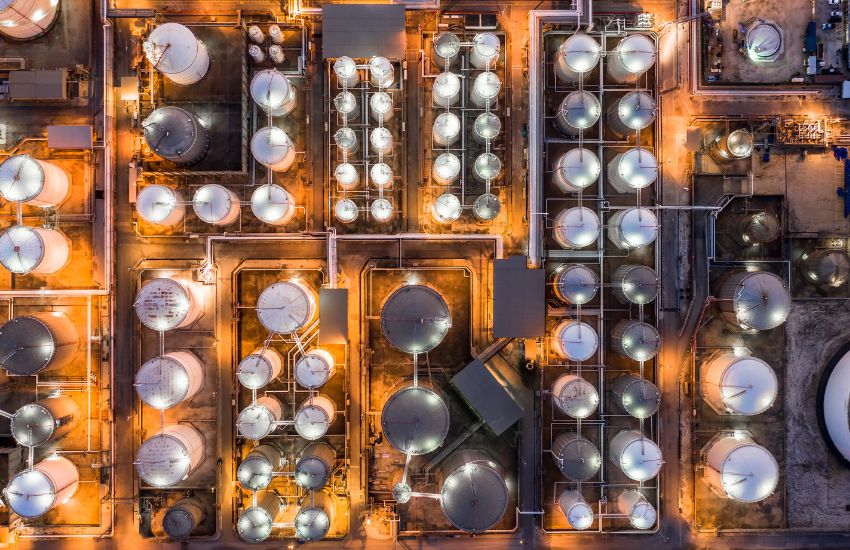Eight Essential KPIs For Tank Terminal Operators
We will look at the hidden costs and performance of tank terminals in part 2 of this article, but first I will give you eight essential KPIs for tank terminal operators to review performance, initiate improvement plans, or measure the results of improvements.
I used to work for an oil and petrochemical major earlier in my career, and one of the first tasks I took upon myself was to set up a demurrage cost center for all the petrochemical activities in Europe.
I learned a lot about the performance of terminals, bottlenecks, and optimization. Clients or investors often do not know much about the level of demurrage, detention, or product losses that are incurred at a site, when selecting a tank terminal. These hidden costs of tank terminals have an impact on business performance, so a thorough analysis is required.
This article is written by Rudi Stalmans and featured in the 2020 summer edition of Tank News International. The title of the article in the Magazine is “The Hidden Costs Of Tank Terminals”.
Selection of tank terminal
Tank farms are an important link in global trade. They are especially important for the oil, gas, and chemical tanker trade, which accounted for around 29 percent of total maritime trade in 2018, according to the United Nations. Businesses and traders select ports because of their location, maritime access, hinterland connectivity, value-added services, economies of scale, and the availability of tank terminals. With the right focus and well-designed strategy, investors and users will be able to select storage assets that best meet their needs. Tank terminal operators, on the other hand, can pay attention to the performance of their sites to increase value, satisfy customers, and attract new leads.
Ship shore interface
Tanker owners prefer to sail to ports with high throughput volumes, fast turnarounds, and a low demurrage risk. The availability of tankers is a critical factor in the success of ports with tank terminals. The ship-shore interface involves loading and discharging of tankers at regularly visited shore terminals. But, with increasing spot activity, vessels also call many terminals that they are not familiar with. Each tank terminal now handles more tankers of different types and sizes than ever before. The coordination between vessel owners and tank terminals is clearly of great importance to optimize operations, reduce cost, and achieve better risk management. Here you can learn more about the Tanker Ship/Shore interface challenges.
Planning and KPIs for tank terminal operators
Terminal planning is complicated because all activities are highly connected. These can include berth activities, ship loading or discharge, pipeline transfers, storage activities, intermodal operations, and inland distribution. It is important to control the arrivals and operations of vessels and vehicles. Some of the common sources of disruption are unclear information, changing ETA’s of ships and trucks, last-minute cargo changes, and weather, for example. Key Performance Indicators are a way to review performance, initiate improvement plans, or measure the results of improvements. Measuring KPIs also allows for terminal performance comparison and benchmark values or improvements over time.
Key Performance Indicators that can be used by terminal operators are turnaround time, vessel idle time, berth occupancy, terminal occupancy, throughput, average waiting time, pumping time, and average loading speed per product, for example.
Continue to read part 2 of this article – “Six Ways To Boost Tank Terminal Performance“.
Photo Credit: Canva

